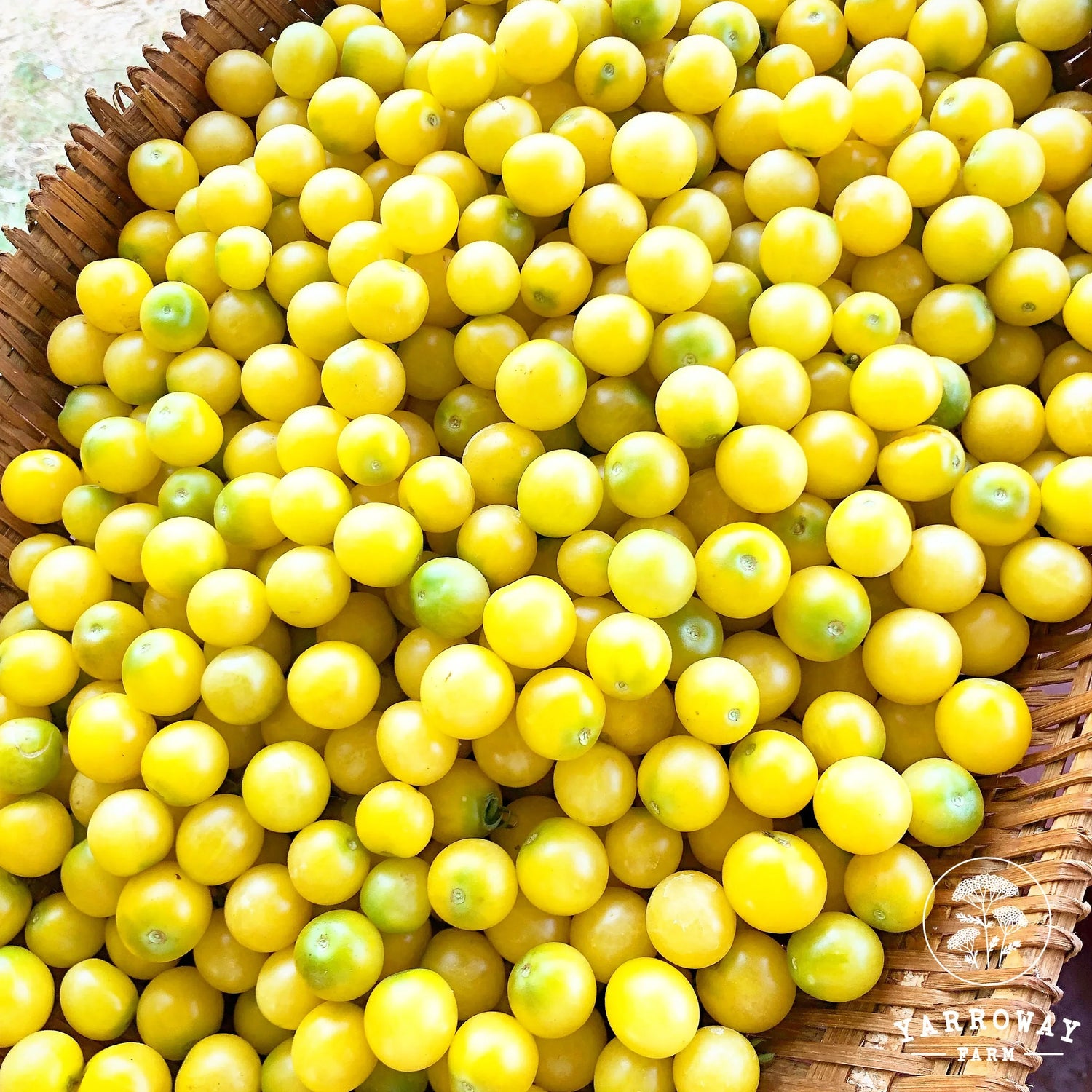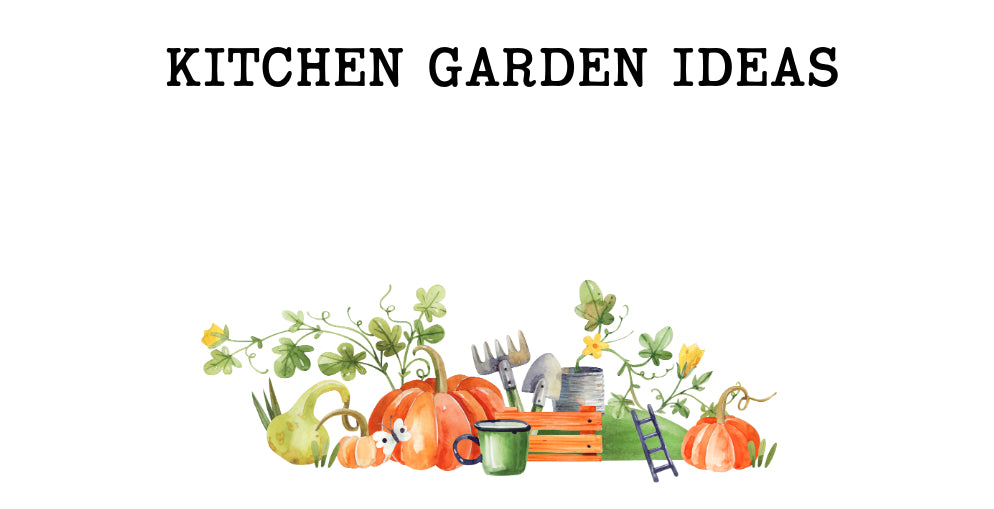COMPANION CROPS
Plants have friends and some benefit each other by giving nutrition to each other or by attracting beneficial pollinators, and repelling certain pests. There is a ton of information and many books and charts that cover this topic. We follow companion cropping to some extent because irrigation, seasonal rotations, and availability of seeds are all limitations that come in the way. For example, tomatoes, chillies, eggplants grow well together and have similar irrigation needs. So we tend to plant them close to each other. We also add some basil to these beds because they are good companions and attract pollinators.

Meanwhile, the length of the crop also matters. Beans, Peas, Greens and Okra take the same amount of time to grow, and have similar irrigation and nutrition needs. So we like to grow them together. Carrots and Beets take a long time to grow, so we leave them together in one bed. Overall its less hassle for us to manage planting based on irrigation needs and seasonal rotations.

Overall, it’s important to focus on biodiversity and mix in flowers, herbs and more species to your garden. Not only does this improve soil life and attract pollinators, it will bring more color and vibrance into your space.
IRRIGATION
Crops like greens, beans, peas corn, pumpkin, carrots etc love more water and need more irrigation. Meanwhile night shades (tomato, eggplant, chillies), okra, etc need less irrigation, to avoid fruit rot and other diseases. So we like to plant such families together so we can irrigation them easily. Some might take longer to grow, which needs to be managed, but planting your crop based on type of irrigation can make your life easier. We like to grow our greens and roots under sprinklers, because they like to grow that way and don’t rot easily, so we made the little 5ft circles that accommodate one sprinkler.

Similarly, since tomatoes, eggplant, okra and chillies like less water and don’t like to be rained upon, we use drip irrigation and irrigate once every 2-3 days depending on the moisture levels.

If you are hand irrigating, make sure you are always gently watering the roots and not the flower and fruit section of the plant.
MULCHING
A great way to protect your soil and add carbon to your soil that will slowly breakdown. You can also grow living mulch by growing a green manure crop on the bed and piling it back in the soil and allowing it to breakdown over several months before you add the next crop. Mulch helps suppress weeds and cuts down our budget and time involved in this activity. It also protects the soil from runoff and losing nutrients. It’s important to maintain a balance of sun and moisture.

PROTECTION FROM RAIN
During the monsoons, we cover some sections of our garden that produce fruit such as tomatoes, chillies, eggplant, squash, etc from heavy rains - this way the pollinators can still access the space. However for crops such as nursery seedlings, greens, brassicas, and root crops that don’t need pollinators, we can plant them in the fully protected space.

PROTECTION FROM PESTS

Most diseases in soils should be managed with soil nutrition, correcting irrigation issues and following seasonal patterns. Same with pests, but climate change and agricultural patterns have caused many unpredictable pest domination. You can refer to our Journal guide - Pest and Disease Management Basics for more details on this topic. We don’t use any sprays on our farm for specific pests. However if the situation looks like it needs help, we use insect and pest traps. GIAGEN is a IMO certified organic brand online that sells insect traps and lures for many crops such as - tomato, eggplant, corn, melons, fruits, etc.



